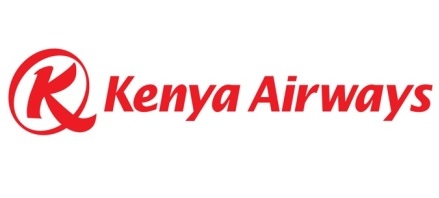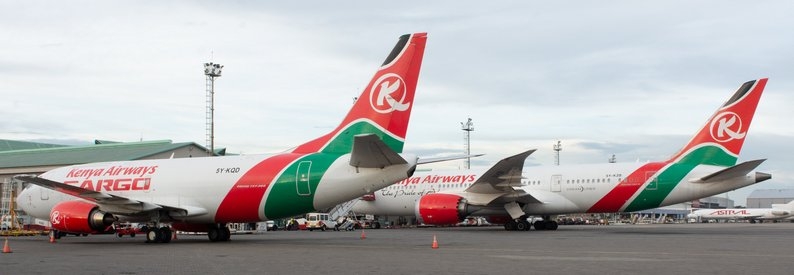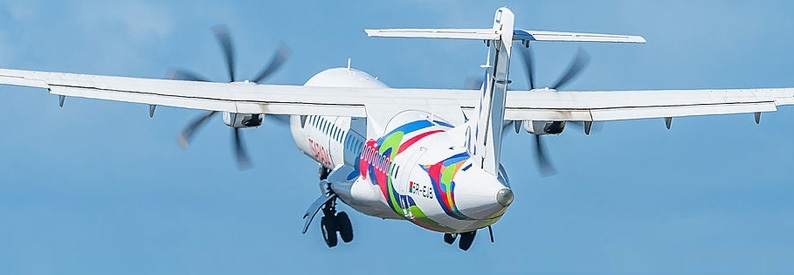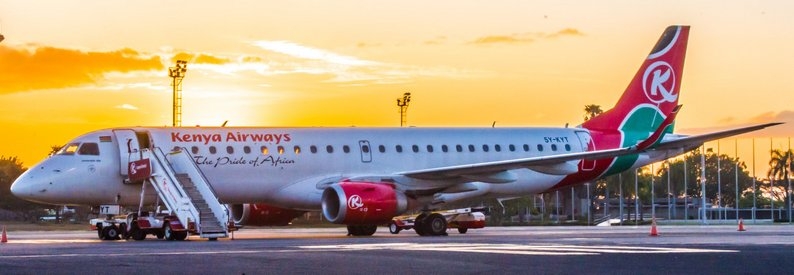Kenya Airways (KQ, Nairobi Jomo Kenyatta) expects to save USD45 million this year after changing the lease terms of its aircraft fleet, opting for hourly rates over fixed costs, says Managing Director Allan Kilavuka.
He said the carrier had negotiated a productivity-based payment method with its lessors to avoid fixed costs and to reduce expenses related to fleet management at a time when it has been struggling with low travel demand due to the pandemic. Consequently, it has cut capacity, which has seen a good portion of its fleet underutilised, reports Nairobi’s Business Daily.
Kilavuka said the airline is seeking to reduce fixed costs for both its fleet operations and its employees. “We have been successful on the fleet side because we have been able to move towards hourly pay for all of our lessors by 2021 and that should bring significant cash savings for us estimated at USD45 million,” he said.
Kenya Airways has also saved USD3.1 million after terminating the lease of two B737-700s, he added. According to ch-aviation fleets data, the aircraft - 5Y-KQG (msn 32371) and 5Y-KQH (msn 32372) - were on an operating lease from owner and manager Cross Ocean Partners Management LP.
The airline operates a fleet of 36 aircraft, including eight B737-800s, two B737-300(F)s, and nine B787-8s, as well as fifteen ERJ 190-100ARs, the ch-aviation fleets module reveals. Nineteen of its aircraft are on lease from amongst others Aviation Capital Group, BOC Aviation, DAE Capital, DVB Bank, GECAS, Goshawk, Macquarie AirFinance, and Nordic Aviation Capital with the other nineteen owned.
Kilavuka said Kenya Airways has, however, failed to reach an agreement with its pilots to be paid per trip in order to lower the salary bill. Pilots make up 10% of the airline’s total workforce, but take home 45% of the airline’s annual wage bill, equivalent to KES6.1 billion shillings (USD56.5 million).
Kenya Airways’ net loss in the financial year ending December 2020 nearly tripled to KES36.2 billion (USD335.4 million), the highest in its history.






